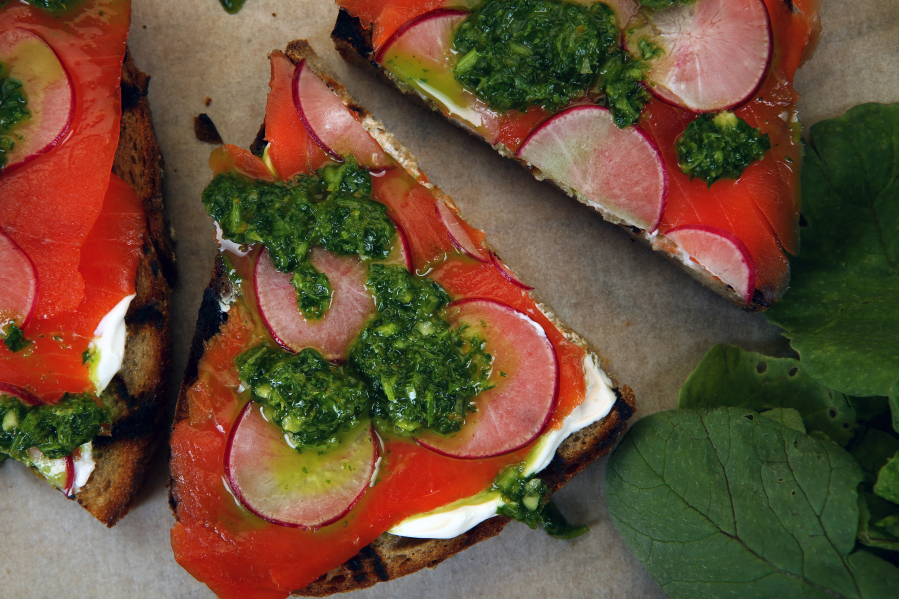LOS ANGELES — Many years ago, I ran into Alain Giraud, one of the best French chefs in Los Angeles, rummaging through crates of discarded vegetable greens at the Wednesday Santa Monica farmers market. This was a good decade before food waste became the sort of thing people talked about on high-profile panels and in beautiful documentaries. Giraud doubtless already knew to use his kitchen’s parsley stems and fennel fronds in stock, as any classically trained chef would, so I ducked under the table and asked him what he was doing.
“It is for my rabbits,” the chef said in his thick Parisian accent, tucking a thatch of bright green carrot tops into the straw market basket under his arm, along with bouquets of lavender and chervil.
I remember this for many reasons. Because it was incredibly charming, of course, but also because my daughter used the story years later to guilt me into letting her get her own pet rabbits, which we have fed with discarded farmers market greens ever since. It was also an object lesson in free pet food and the accidental, often invisible treasures of farmers markets. Not only can you feed your kid’s permanently hungry rescued rabbits with the stuff but you can make your own dinner out of it too.
We throw an enormous percentage of food away, not only wasting food we know about but also food we don’t think of as being part of the farm-to-table sequence. Sometimes, when I’m at my neighborhood farmers market pulling beet greens and carrot tops out of the discard bins behind the produce stalls, someone will ask me what I’m doing with them. Or, more often, they’ll ask the nearby farmer whether the tops of the various vegetables they’re buying are edible.



